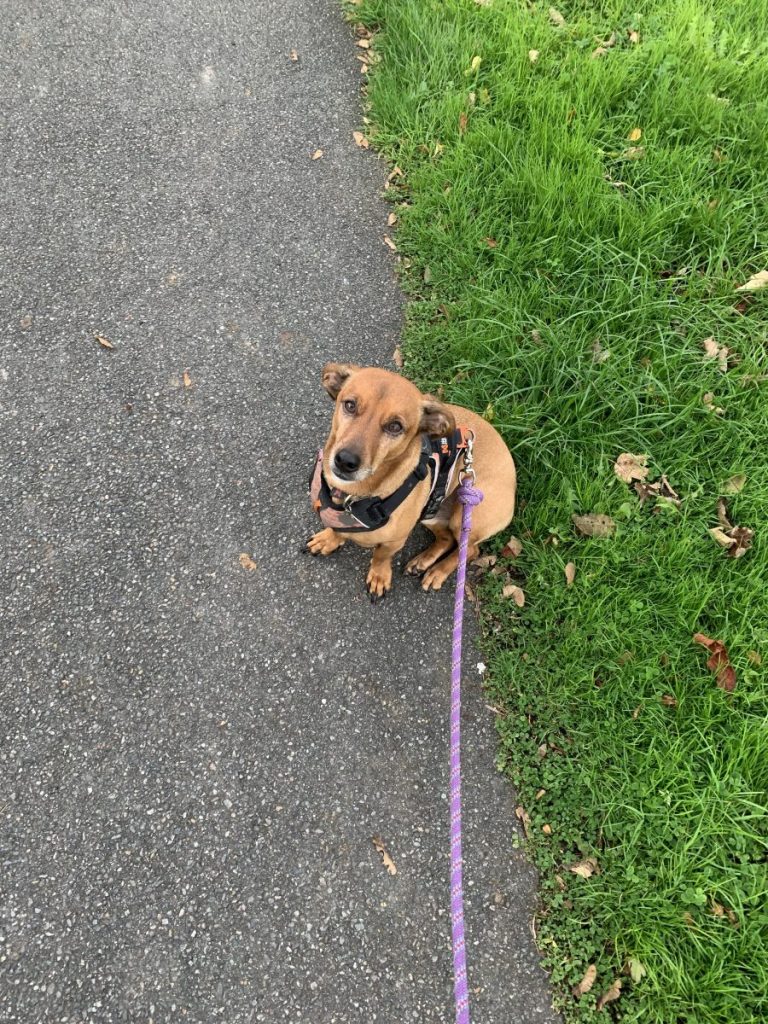Sometimes all I can think about is food. My brain is either wondering what’s for dinner, or trying to remember whether I have enough chocolate to bake cookies. It’s no surprise that one of the first columns I wrote revolved around food. A year later, I wrote about my love affair with bread.
But I have come a long way. I can think about things other than food. Some dietary changes have stuck; others, not so much. I still love bread, and I still cannot stomach it. Along the way, there have been a few life lessons.
Not so much a diet, but achievable changes
Two years ago, I wrote that endometriosis will make you consider every ingredient of every meal. I now realize that might not be the healthiest approach. While traveling alone last year, I couldn’t find consistent food options to suit my endometriosis diet. I stressed about it so much that I lost my appetite and an unhealthy amount of weight.
Once I began training to run a marathon, I realized I’d have to eat a lot more to keep up my energy level. That’s when I decided it was OK to let things slide a bit. Hello, veggie paninis!
Some changes worked and some didn’t
Following an endo diet that avoids inflammatory foods such as dairy, gluten, meat, and sugar has worked for me. I experience less of the dreaded endo belly, and my pain levels have diminished significantly during flare-ups.
There was a clear connection between the amount of sugary foods I’d ingest and the pain the next day. I had to learn the hard way that sugar doesn’t just mean cakes and desserts. I now watch out for foods high in carbs, such as pasta and rice. Cocktails are reserved for special occasions, because if anything screams sugar high for adults, it’s a strawberry daiquiri.
Quitting coffee was one change that didn’t work. I kept it up for more than six months, but I didn’t notice a change in my bloating or pain. Nor did it make a difference in my digestive issues. I went back to coffee when I realized it helped with my chronic fatigue. I drink one cup a day. Some days I opt for caffeine-free tea instead.

You still can have a social life
Unless you live in a country with limited food options, finding alternatives to suit an endometriosis diet shouldn’t be impossible. It certainly shouldn’t be something to stress about. I don’t expect others to cater to my preferences. Even when they try, they won’t get it completely right because of my complicated dietary restrictions. And that’s OK.
Positive changes happen, just not right away
You can’t expect immediate results, and it’s easy to feel frustrated when all you want are comforting foods. Reducing the impulse to down silly amounts of gluten, sugar, and dairy takes time and practice. Inflammatory foods are plenty, and it’s OK to reduce their intake one at a time.
There is no one-size-fits-all when it comes to an endo diet. It is a complicated, personal journey. And if you’re lucky, it might include pizza on special occasions.
***
Note: Endometriosis News is strictly a news and information website about the disease. It does not provide medical advice, diagnosis, or treatment. This content is not intended to be a substitute for professional medical advice, diagnosis, or treatment. Always seek the advice of your physician or other qualified health provider with any questions you may have regarding a medical condition. Never disregard professional medical advice or delay in seeking it because of something you have read on this website. The opinions expressed in this column are not those of Endometriosis News or its parent company, BioNews Services, and are intended to spark discussion about issues pertaining to endometriosis.

